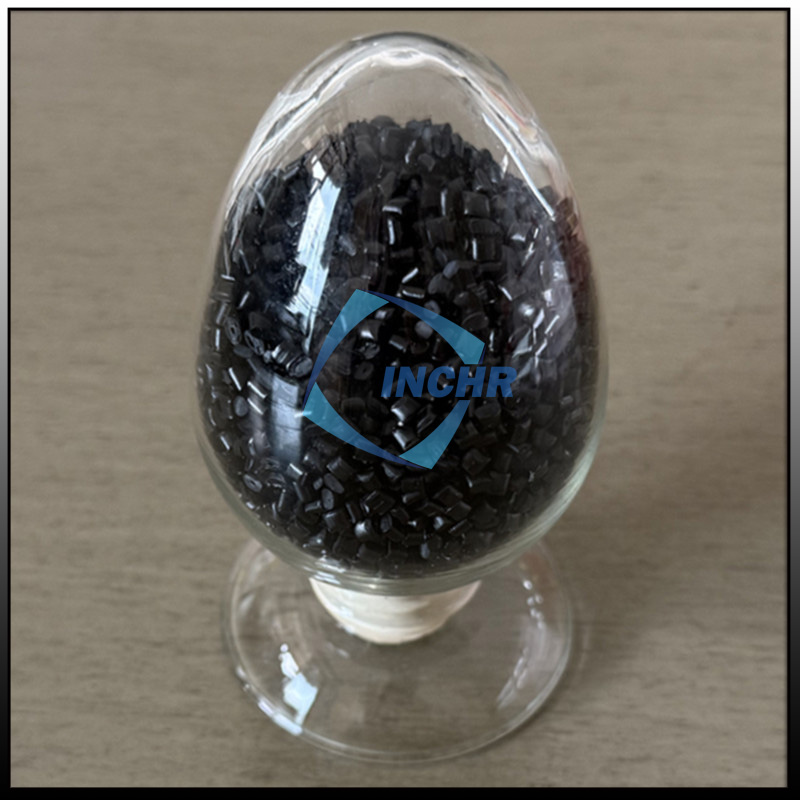In an era demanding peak performance and efficiency, Carbon Fiber Reinforced Plastic (CFRP) have become synonymous with cutting-edge manufacturing. What gives this “black gold” material its magic? Its core advantages are reshaping possibilities across multiple industries:
1. Lightweight Champion, Enhanced Efficiency
CFRP’s most dazzling attribute is its exceptional lightness. Its density is typically just one-quarter that of steel and half that of aluminum. In automotive and aerospace sectors, weight reduction directly translates to lower energy consumption, extended range, and superior maneuverability. For instance, the BMW i3, utilizing a CFRP body, significantly boosted its electric driving range.

2. Unmatched Strength & Stiffness
Beneath its lightweight form, CFRP exhibits remarkable specific strength and specific stiffness (strength and stiffness per unit mass). Its tensile strength can far exceed high-grade alloy steel, while its tensile modulus (stiffness) is equally outstanding. This makes it indispensable in critical structures requiring immense load-bearing capacity or deformation resistance, such as aircraft wings, high-performance sports car chassis, and wind turbine blades.
3. Fatigue & Corrosion Resistance, Enduring Performance
Unlike metals, which are susceptible to corrosion fatigue, CFRP possesses outstanding fatigue resistance and chemical corrosion resistance. It withstands saltwater, chemical erosion, and maintains stable performance under repeated stress loads. This characteristic grants it a significantly longer lifespan than traditional materials in harsh marine environments (ship components), chemical processing equipment, and long-service infrastructure.
4. Tailorable & Design Freedom
CFRP demonstrates exceptional design flexibility and molding freedom during manufacturing. By adjusting carbon fiber orientation, ratio, and resin matrix, engineers can precisely “customize” the material’s mechanical properties in specific directions. Combined with advanced molding techniques, it allows for the single-piece forming of highly complex curved structures (like streamlined car bodies or biomimetic designs), reducing the need for connectors and enhancing structural integrity.
5. Vibration Damping & Noise Reduction
Carbon fiber composites offer superior damping characteristics, effectively absorbing and dissipating vibrational energy while reducing noise transmission. This advantage is particularly valuable in luxury vehicles (enhancing ride quietness), precision instrument platforms (minimizing vibration interference), and high-performance sports equipment (like tennis rackets and bicycle frames, improving feel and control).
Conclusion
CFRP’s combination of light weight, high strength, exceptional durability, design freedom, and superior damping makes it a cornerstone material driving automotive lightweighting, aerospace innovation, wind energy advancement, and high-end equipment manufacturing. Its benefits not only elevate product performance but also contribute significantly to energy savings, environmental protection, and sustainability. As technology advances and costs optimize, CFRP’s application frontiers will continue to expand.
https://www.inchr-esd.com/how-carbon-fiber-reinforced-plastic-is-transforming-industries/




